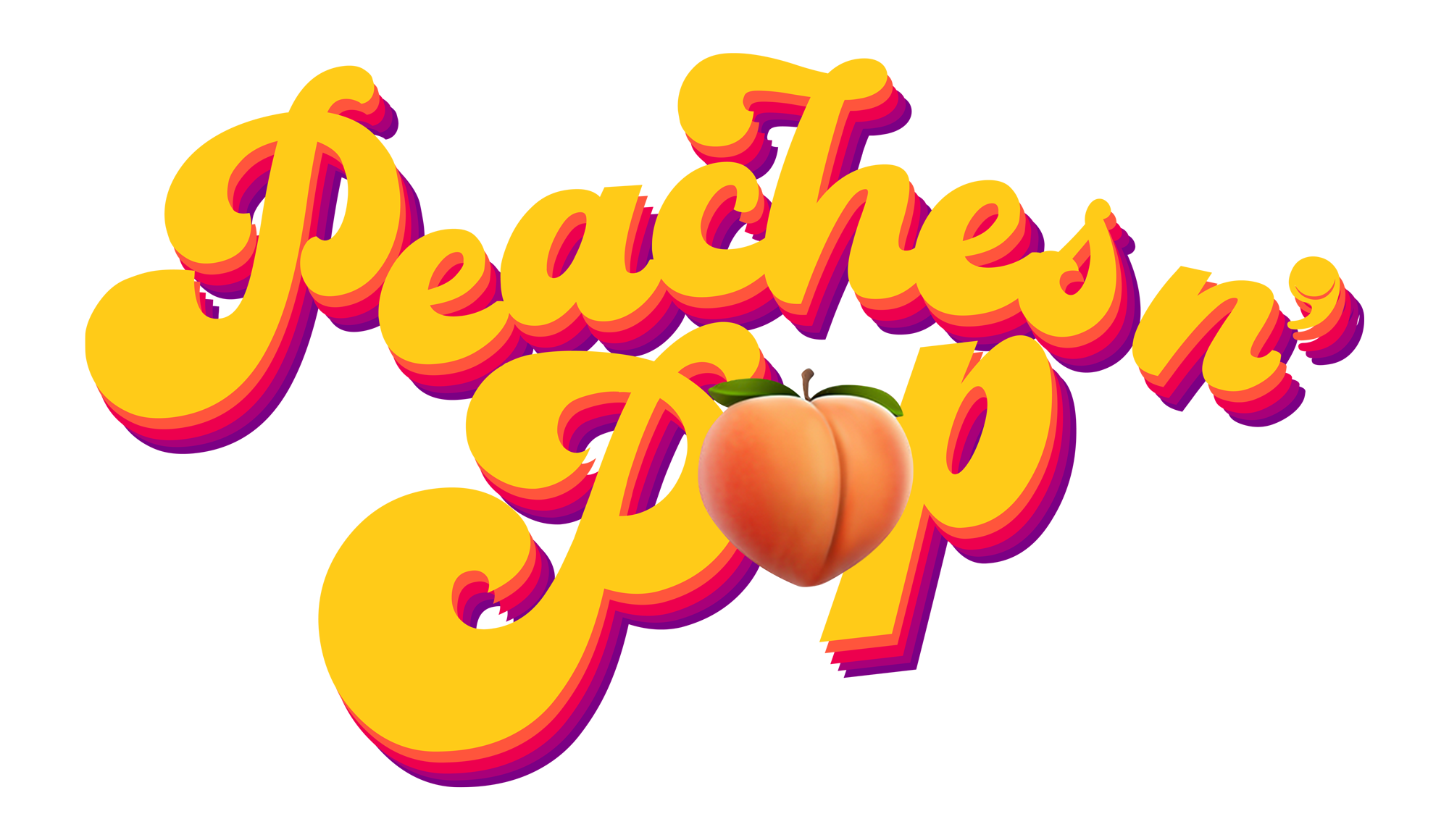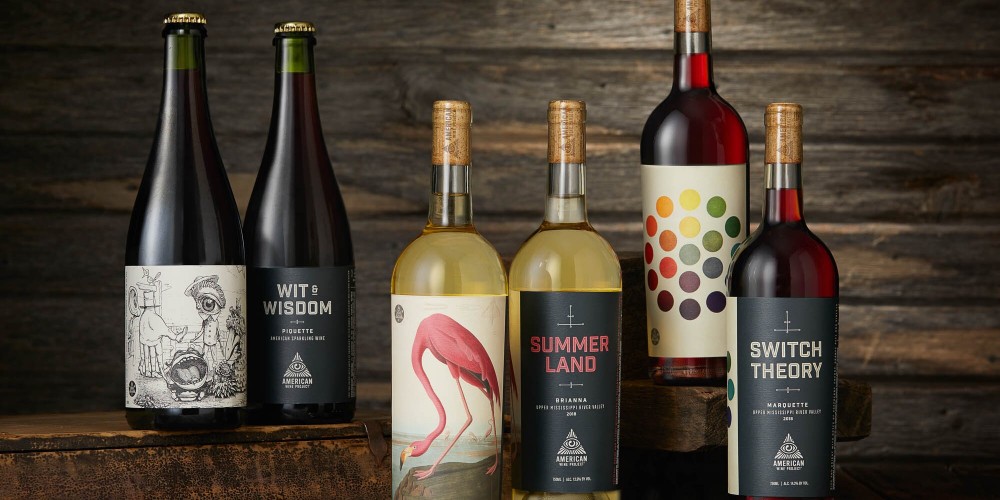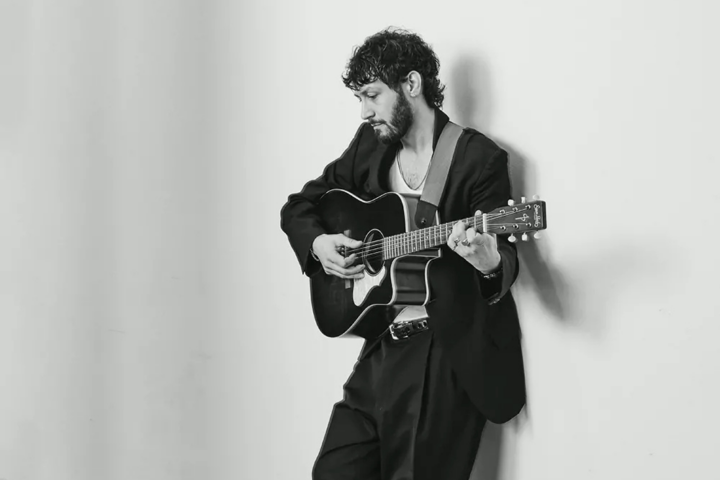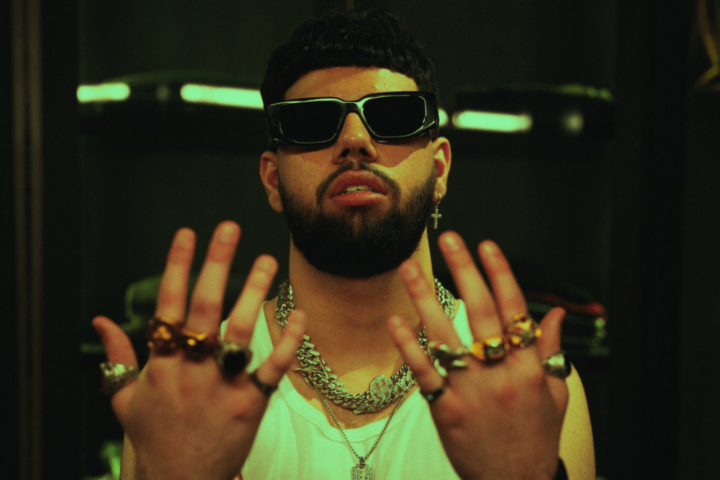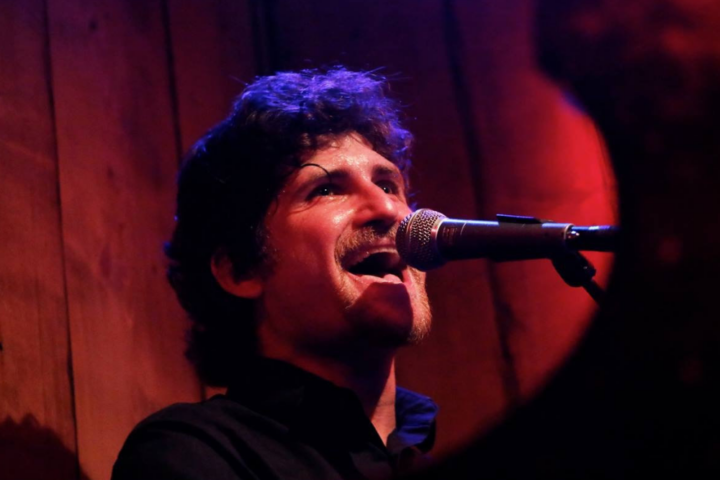Erin Rasmussen spends a lot of time thinking about how people experience wine.
The 37-year-old founder and owner of American Wine Project in Wisconsin is on a mission to change the narrative around Midwestern wine. "People pooh-pooh and don't pay attention to any part of the country that nobody thinks could ever make good wine," Rasmussen says.
She launched American Wine Project in 2018 and reports strong reception. With the wines in a handful of retailers and restaurants in Madison and Milwaukee, Rasmussen is now exploring wider out-of-state distribution. She can currently ship to individual consumers in most states. She's not sure how people in Brooklyn or Denver or Indiana are discovering her wines, but she's extremely excited by it.
This summer, with the opening of a tasting room which will bear the same name as her label, she'll have more opportunity to persuade people that wine from Wisconsin is not what you think — in the best way possible.
While opening a winery in Wisconsin wasn't always the plan, it eventually proved itself to be a calling Rasmussen couldn't ignore. As a kid growing up in Madison, Rasmussen and her dad planted some vines in the backyard, and although she says the resulting wine "wasn't very good," it exposed her at an early age to wine production and the beauty of agriculture: "Looking back, was probably what grabbed me was the fact that you could take something that grows in the ground and is seasonal and then make a luxury product out of it."
Rasmussen eventually went on to earn a graduate degree in viticulture from Lincoln University in New Zealand, after falling hard for wine during an internship in Napa Valley. Once she realized the wine industry was a viable career prospect, Rasmussen was sold, her musings of "traveling to Napa Valley or, you know, opening up a bed and breakfast on a vineyard in retirement," no longer the stuff of dreams.
But a career stall in Sonoma and what Rasmussen describes as a "lot of energy for trying to make my career happen," eventually led her back home, on a decidedly different, but no less riveting, wine journey.
Crediting a "wonderful creative manager" who encouraged her to figure out what she really wanted out of the industry, Rasmussen suddenly understood: "It turns out what I wanted was to start my own company and make wine with grapes." In Wisconsin.
She'd already gotten a taste for hybrid grapes, thanks to her work on an experimental Gallo vineyard, where she discovered: "There's nothing wrong with these grapes." In fact, she says they tasted normal, puncturing long-held beliefs that American native grapes simply don't taste good, unlike Vitis vinifera, the common European grape species used to make such varietals as Cabernet Sauvignon, Chardonnay, and Pinot Noir — and the dominating grape in the wine world. Rasmussen points to Prohibition, which led to the loss of American grape varieties that were just beginning to be explored. Vitis vinifera's dominance means even hybrids are complex crosses between native species and the prized European species.
Rasmussen, who is quick to credit other hybrid winemakers around the country for endeavoring to overcome the biases around wild grapes and better understand which grapes thrive where, is optimistic about the potential of this wine movement. And it's not just about an appreciation for grapes largely dismissed and discarded and a desire to redefine what the American wine industry looks like: For Rasmussen, it's about exploring new growing regions, which may serve to "outwit" climate change (Wisconsin doesn't have wildfires or an imminent water shortage what's looming in California, she points out), a love for regenerative farming, and a belief that the vineyard can serve as a complete eco-system.
Rasmussen and her fellow rebel winemakers in Vermont, Virginia, and California, are working with different climates, soils and conditions, so there's not a lot of room for real collaboration among them, but they've formed a community, nonetheless. "There are a couple of hashtags on Instagram that we tend to use: #vitisrebellious #indefenseofhybrids and #hybridlove."
All of the grapes Rasmussen is working with are grown by others, but the goal is to either purchase or lease land so she can start exploring some of her bigger ideas around hybrid growth and bio-dynamic farming.
Rasmussen hopes to open her tasting room by June 1. The Mineral Point location, a former landscape nursery, will have lots of lush, green outdoor space complete with American-made vintage style lawn chairs. It's about an hour's drive from Chicago and an hour southwest of Madison, and Rasmussen is sanguine about the prospect of tourists.
Taking cues from her favorite winery in Calistoga, "an overwhelmingly lovely experience," which really encouraged guests to relax with a flight or glass of wine and not fight their neighbors for the next tasting pour, Rasmussen says she'll be applying the same concept to American Wine Project, albeit on a much smaller scale at a very different type of winery. "I don't make $300 bottles of Cabernet, and I'm not going to charge $45 for a tasting," Rasmussen laughs.
"But I can pour flights and have people take those flights to their seats and spend time with the people they came with and just enjoy themselves. That's the goal."
Rasmussen will debut a rosé this summer. It took her four weeks to figure out what to call the richly-hued pink wine with hints of copper and savory tasting notes. "Coming up with a name that sounds like the wine that creates a concept that the wine represents, that creates a feeling in the customer where they identify with that idea …" Rasmussen finally found the perfect name: Social Creature.
